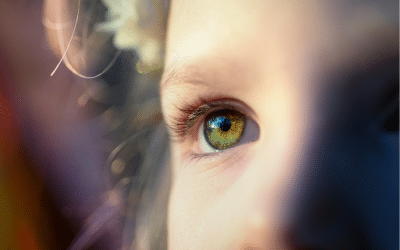On January 19, the French National Statistics Office (INSEE) published its annual report on the demographics in France.
The year 2015 showed a reversal of demographic trends, with a fall in births (800,000 which represents a decrease of 19,000 births, thus a fall of 2.3%) and an increase in deaths, (600,000, corresponding to 41,000 more deaths, thus an increase of 7.3%). The natural balance, the difference between the number of births and deaths, reached 200,000, the lowest since 1976.
The INSEE note a slight decline in fertility with 1.96 children per woman compared to 2 in 2014. France thus falls under the symbolic marker of two children per woman. Until now, France was nevertheless the only European country to have stable and high fertility rates since 2006.
What might be responsible for this demographic decrease? Besides unemployment which might lead to postponing the first child in France, women less than 35 years old prefer having children later and later (30.4 years on average) and the current morose situation in Europe, there are also, “hard hits on the family policy, whether it be benefits or the family quotient, as underlined by les ‘Echos’ in its’ analysis for the first quarter of 2015.”
The number of deaths has considerably risen: in 2015, 600,000 deaths were registered in France, thus 41,000 more than in 2014 (an increase of 7.3%). This is explained by several factors, notably by the increase in the number of French people older than 65 years old (“baby boomers”) who represent 18.8% of the population. France is the 3rd European country with the most octogenarians. Other factors, in particular meteorological (summer heat wave and the cold spell in October 2015), and epidemiological (bad cases of the flu in the first quarter) contributed to increased deaths of elderly and vulnerable individuals.
The implications on life expectancy, which diminished by 0.4% for women and by 0.3% for men, are noteworthy. Women live on average until age 85, compared to 78.9 years old for men. But according to INSEE “we cannot say that the decrease marks a halt in the tendency towards increased life expectancy.” The latter has been constantly rising for a century. These last 10 years, it had risen by 2.2 years for men and 1.2 years for women. “Even if throughout a long period, life expectancy at birth rises, there have already been declines observed in the past.”
In spite of the unhealthy statistics for 2015, the INSEE does not consider the French demographic profile for the year 2015 as alarming. With 6.6 million inhabitants, France remains the second largest populated country in Europe following Germany. That represents 247,000 additional individuals compared to 2014 (an increase of 0.4%), given the migratory balance. Nevertheless, recall that France, as other European countries, remains below the generational renewal rate which lies at 2.1.



